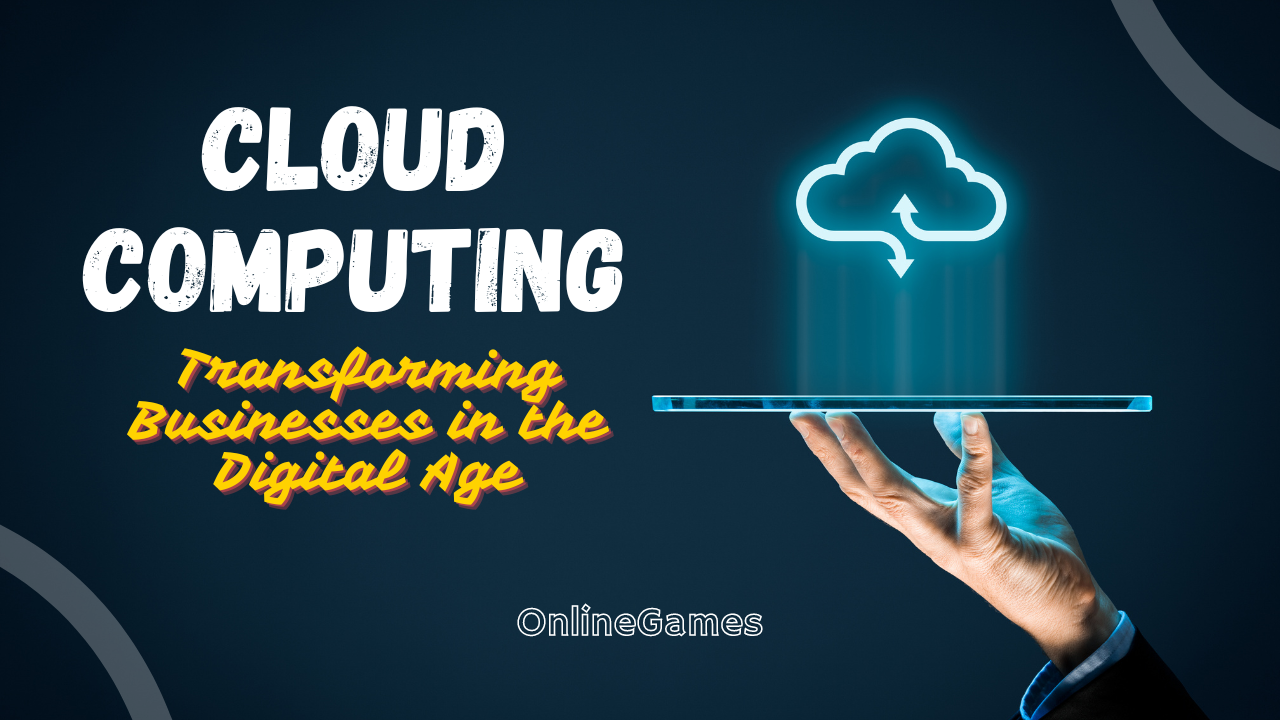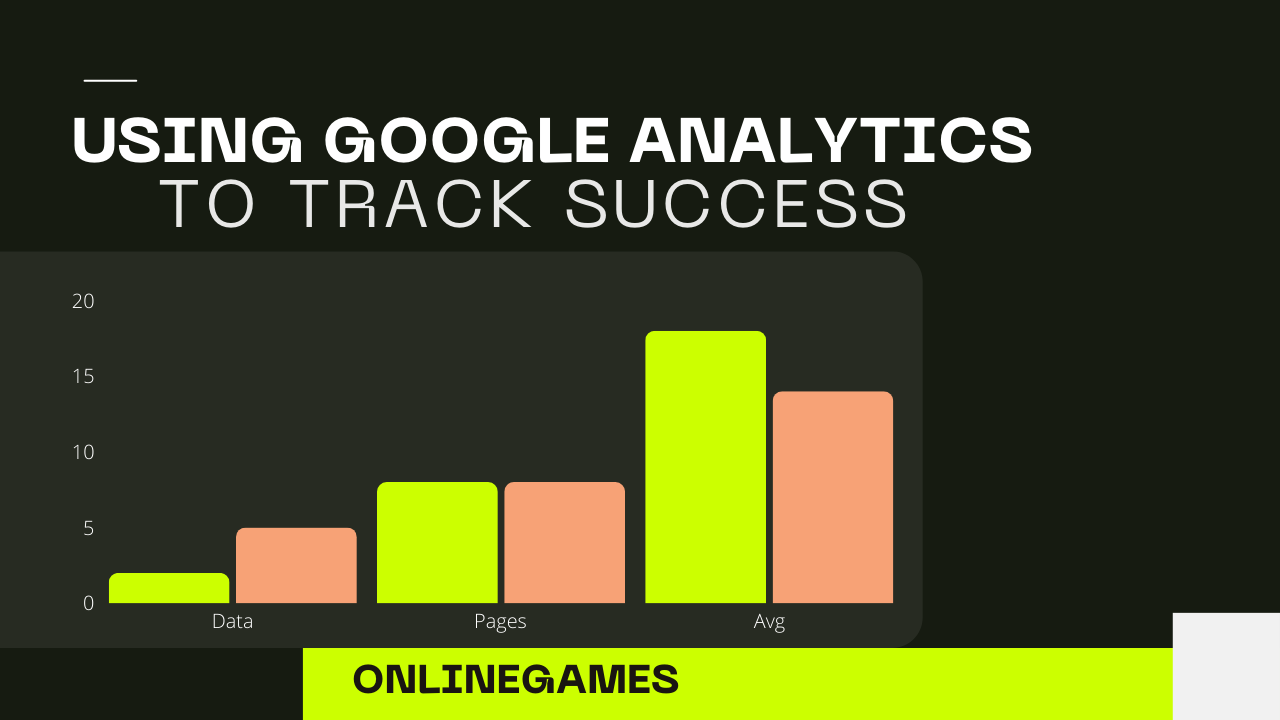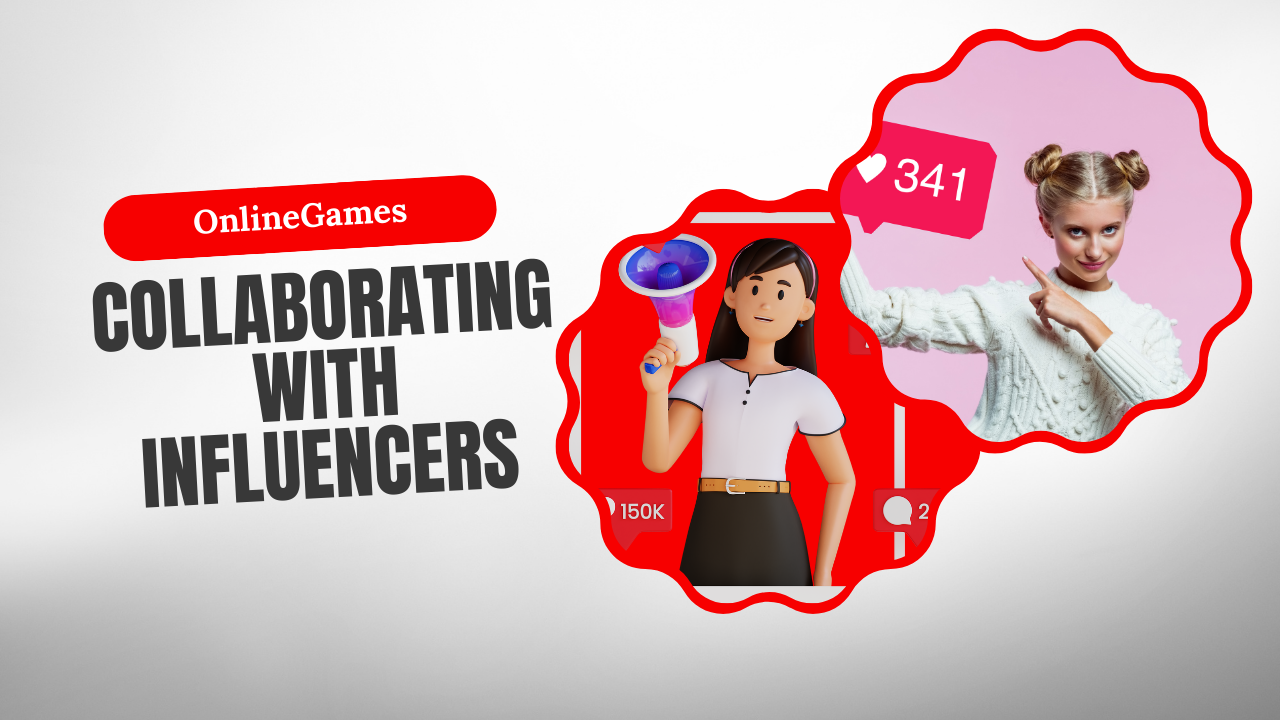Defining your target audience is a crucial step in the development of any business strategy. It allows you to tailor your products, services, and marketing efforts to meet the specific needs and preferences of your most valuable customers. In this guide, we will delve into the importance of understanding your target audience, explore effective methods for identifying and analyzing them, and provide actionable insights to refine your approach for maximum impact.
Understanding the Importance of Defining Your Target Audience
Knowing your target audience is fundamental to business success because it helps you focus your resources on attracting and retaining the most relevant customers. This targeted approach not only enhances customer satisfaction but also improves the efficiency and effectiveness of your marketing efforts.
Why Knowing Your Target Audience Matters
Defining your target audience is important for several reasons:
- Enhanced Marketing Efficiency: Allows you to create focused marketing campaigns that resonate with your audience.
- Improved Product Development: Helps tailor products and services to meet the specific needs of your customers.
- Increased Customer Satisfaction: Ensures that your offerings align with the preferences and expectations of your target market.
- Better Resource Allocation: Optimizes the use of your budget and resources by concentrating efforts on the most promising customer segments.
Steps to Defining Your Target Audience
Identifying your target audience involves a systematic approach that includes market research, data analysis, and the development of customer personas. Here are the key steps:
Conducting Market Research
Start by conducting comprehensive market research to gather data about potential customers. This includes understanding market trends, identifying your competitors, and analyzing customer demographics.
Methods for Market Research
- Surveys and Questionnaires: Collect quantitative data on customer preferences, behaviors, and demographics.
- Interviews and Focus Groups: Gather qualitative insights into customer attitudes, motivations, and challenges.
- Competitor Analysis: Analyze the target audiences of your competitors to identify potential gaps and opportunities.
- Secondary Research: Review industry reports, market studies, and demographic data from reputable sources.
Segmenting Your Market
Once you have gathered sufficient data, segment your market into distinct groups based on shared characteristics. This process helps you identify the most relevant and profitable customer segments.
Market Segmentation Criteria
- Demographic Segmentation: Age, gender, income, education, occupation, and family status.
- Geographic Segmentation: Location, climate, urban vs. rural areas, and regional preferences.
- Psychographic Segmentation: Lifestyles, values, attitudes, interests, and personality traits.
- Behavioral Segmentation: Purchase behavior, brand loyalty, usage rates, and benefits sought.
Creating Customer Personas
Develop detailed customer personas that represent your ideal customers within each segment. These personas help you understand the needs, preferences, and behaviors of your target audience, allowing for more personalized and effective marketing strategies.
Key Elements of a Customer Persona
- Demographic Information: Age, gender, income, education, and occupation.
- Background and Interests: Lifestyle, hobbies, values, and interests.
- Behavioral Traits: Buying habits, product usage, and brand interactions.
- Pain Points and Challenges: Common problems and challenges faced by the customer.
- Goals and Motivations: What drives the customer’s decisions and actions.
Analyzing Customer Data
Use data analytics to identify patterns and trends within your target audience. This involves examining customer data from various sources such as sales records, website analytics, and social media interactions.
Data Analysis Techniques
- Cluster Analysis: Group customers based on similar characteristics or behaviors.
- Regression Analysis: Identify factors that influence customer behavior and predict future trends.
- Churn Analysis: Understand why customers stop buying from you and how to prevent it.
- Customer Lifetime Value (CLV): Calculate the long-term value of customers to prioritize high-value segments.
Testing and Refining Your Target Audience
Regularly test and refine your understanding of your target audience. This involves experimenting with different marketing messages, channels, and tactics to see what resonates best with your audience.
Methods for Testing
- A/B Testing: Compare different versions of a marketing campaign to determine which performs better.
- Customer Feedback: Collect and analyze feedback to understand customer satisfaction and areas for improvement.
- Performance Metrics: Monitor key metrics such as conversion rates, engagement, and customer retention to gauge the effectiveness of your strategies.
Creating a Strong Conclusion
Defining your target audience is a critical step towards building a successful business. By following the steps outlined in this guide, you can gain a deep understanding of your customers, tailor your offerings to meet their needs, and create marketing strategies that effectively reach and engage your ideal audience.
Summarizing Key Takeaways
- Focused Approach: A clear understanding of your target audience allows for more focused and effective marketing efforts.
- Customer Satisfaction: Tailoring your products and services to meet the needs of your target audience enhances customer satisfaction and loyalty.
- Resource Optimization: Concentrating resources on the most relevant customer segments improves the efficiency of your marketing and operational efforts.
- Continuous Improvement: Regularly updating and refining your understanding of your target audience ensures that you stay relevant and competitive in a dynamic market.
FAQs about Defining Your Target Audience
How do I identify my target audience?
Start by conducting market research to gather data on potential customers, then segment your market and create detailed customer personas to represent your ideal customers.
What is the difference between demographics and psychographics?
Demographics refer to statistical characteristics of a population, such as age and income, while psychographics focus on psychological attributes such as values, interests, and lifestyles.
Why is market segmentation important?
Market segmentation allows businesses to target specific groups of customers with tailored marketing strategies, leading to more effective and efficient marketing efforts.
How often should I update my target audience analysis?
Regularly update your target audience analysis to keep up with changing market trends, customer preferences, and competitive dynamics. This could be annually or biannually depending on your industry.
Can I have more than one target audience?
Yes, businesses can have multiple target audiences, especially if they offer a range of products or services that cater to different customer needs and preferences.
How do customer personas help in marketing?
Customer personas provide a detailed understanding of your ideal customers, helping you create more personalized and relevant marketing messages that resonate with your audience.
In essence, the process of Defining Your Target Audience is foundational for any business looking to thrive in a competitive market. By investing time and effort into understanding who your customers are and what they need, you can create compelling value propositions, optimize your marketing strategies, and drive sustainable business growth. Begin defining your target audience today to unlock new opportunities and enhance your business’s success.










